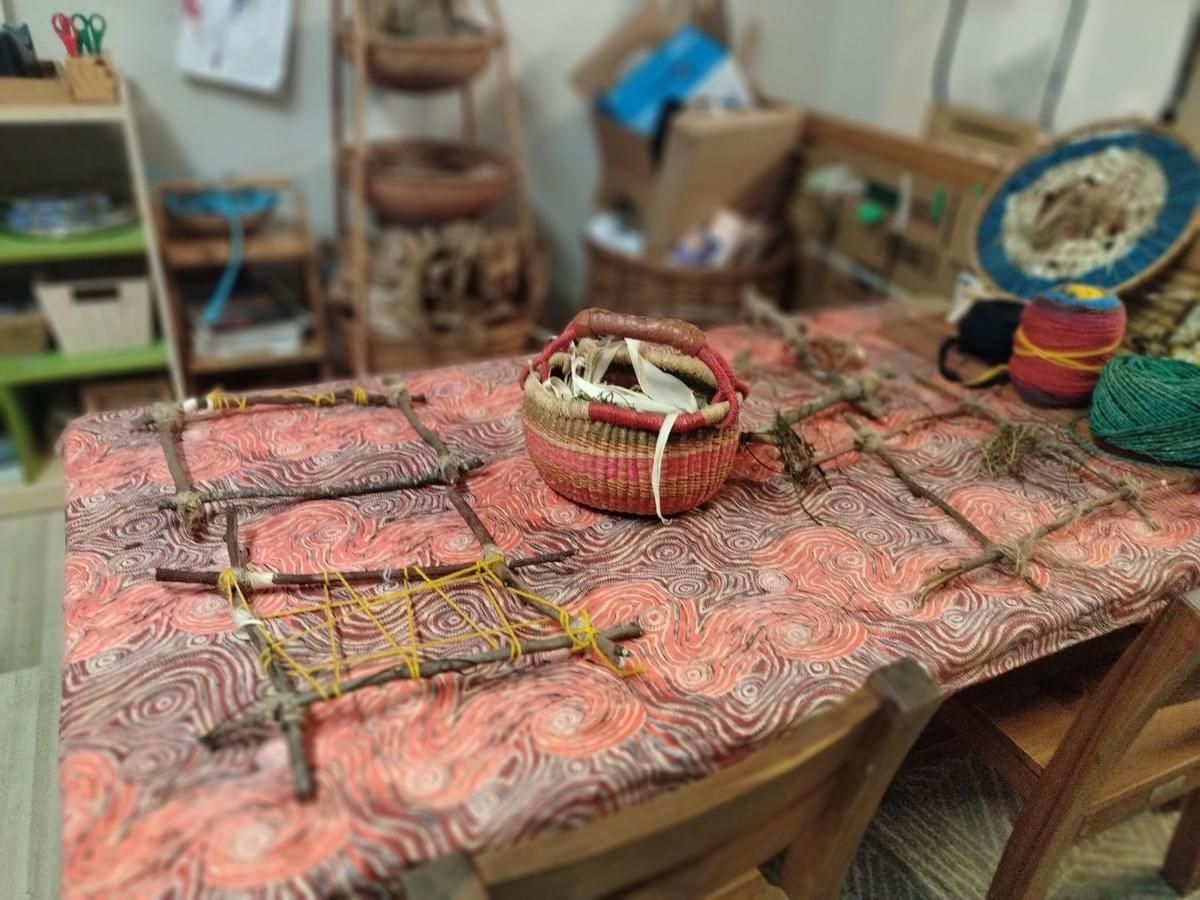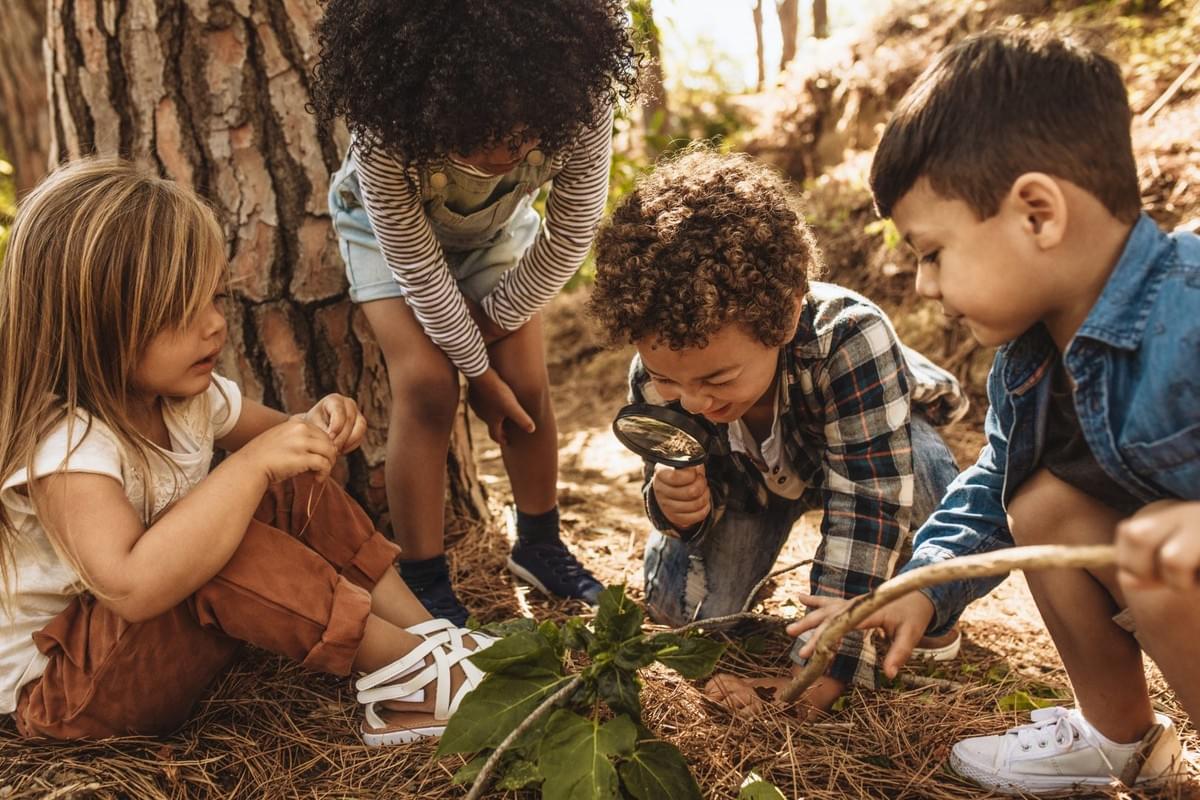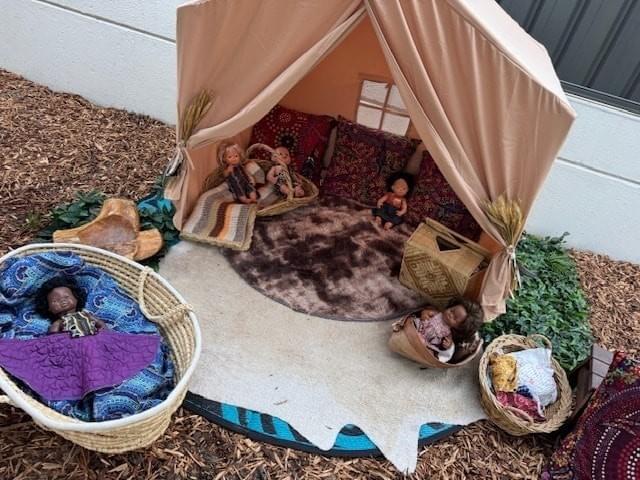SpendHave you ever heard the phrase, Authenic Childhood and wonder WHAT!!!
What do researchers in early childhood mean by "Authentic Childhood"?
An authentic childhood is typically described as one where:
- Children’s play, interests, and culture are respected and embedded in their learning.
- Learning is meaningful, contextual, and connected to the child’s world—not artificial or adult-imposed.
- Children are seen as capable of making decisions, expressing views, and contributing to their environment.
- Development is not rushed to meet school-readiness standards but is allowed to unfold in a child-led way.
- Relationships, belonging, and emotional safety are prioritized.

Goodstart Early Learning, Mount Hutton
So why does this matter? I mean let's face it! We are already busy educators.
Enhances wellbeing and identity formation
Researchers like Anne Stonehouse, Alison Clark, and Susan Danby emphasize that respecting authentic childhood fosters a strong sense of identity, emotional security, and mental wellbeing. When children are able to be themselves—free to play, imagine, question, and explore—they develop a grounded sense of self.
Supports learning through play and inquiry
Authentic childhoods are deeply rooted in play-based and inquiry-driven learning. According to theorists like Jeanette Rhedding-Jones and Elizabeth Wood, play is not just a tool for learning; it is learning. An authentic childhood creates space for spontaneous, imaginative, and complex play experiences.
Respects children’s rights
Inspired by the UN Convention on the Rights of the Child, contemporary research frames authentic childhood as a rights-based approach, where children have a voice and choice in their daily lives and learning. Researchers such as Carol Smith and Laura Lundy argue this is fundamental to ethical and democratic education practices.
Counters the pressure of schoolification
Many researchers critique the "schoolification" of early childhood, where formal academics and assessments displace play and joy. Authentic childhood resists this pressure, advocating instead for slower, child-led pedagogies (see Moss, Dahlberg, & Pence, 2013).

So what is so importable about ensuring early childhood educators place an importance on providing a space where children can experience an "Authenic Childhood"?
- Respects children's individuality rather than pushing them into standardized molds.
- Honors the present moment in childhood, not just preparing them for future roles.
- Encourages creativity, resilience, and curiosity—skills crucial for lifelong learning.
- Fosters deeper engagement and intrinsic motivation for learning.
- Creates equitable spaces that reflect the diverse lives, cultures, and capacities of children.

But how can we accomplish this?
Creating an environment that supports an authentic childhood doesn’t require grand changes—it begins with small, intentional acts that honour who children are right now. As educators, you already hold the tools: by listening deeply, following children’s interests, offering real materials, and making space for meaningful play, you allow children to feel seen, heard, and valued. When you slow down, trust their capabilities, and include their voices in daily decisions, you naturally create spaces where identity, curiosity, and connection thrive. These moments build the foundation for confident, joyful learners—and they remind us that childhood is not a race, but a rich, unfolding journey worth protecting and celebrating.

Goodstart Early Learning, Mount Hutton
1. Follow the Child’s Lead
- What to do: Observe children’s interests, questions, and ideas, then build learning experiences around them.
- Why it works: Children feel seen, valued, and empowered when their thinking shapes the curriculum.
Example: If children are collecting leaves, provide books about trees, tools for leaf rubbing, or start a nature walk project.
2. Prioritise Play-Based Learning
What to do: Ensure children have extended time for unstructured and imaginative play every day.
Why it works: Play is how children make sense of their world and express their identity, ideas, and emotions.
Example: Create open-ended play areas with loose parts, dress-ups, natural materials, and real-life tools.
3. Connect to Children’s Home Lives
What to do: Include languages, cultural practices, family stories, and materials from children’s home environments.
Why it works: It validates who they are and deepens belonging.
Example: Invite families to share recipes, music, or special items from home and make space for bilingual books or signage.
4. Encourage Expression Through Many ‘Languages’
What to do: Offer multiple ways for children to express themselves: drawing, building, storytelling, dancing, digital tools.
Why it works: Children communicate in many forms, not just words—supporting this allows their thinking and emotions to be shared authentically.
Example: Let children document experiences using tablets, puppets, painting, or clay.
5. Make Space for Wonder and Slow Learning
What to do: Avoid rushing through activities. Create quiet, calm spaces where children can wonder, reflect, and repeat experiences.
Why it works: Authentic learning is deep and slow—not hurried or over-scheduled.
Example: Revisit the same story or project over several days, noticing how children’s ideas evolve.
6. Include Children in Decisions
What to do: Ask children about routines, materials, and what they want to learn or explore.
Why it works: It fosters ownership and helps children see themselves as capable and respected.
Example: Let children vote on a classroom song or help decide how to arrange the play space.
7. Use Real, Meaningful Materials
What to do: Include real tools, objects, and materials instead of only plastic toys.
Why it works: Authentic resources give children sensory-rich, real-world learning experiences.
Example: Use real cooking utensils in the home corner or real plants and soil in the garden area.
8. Build Strong, Respectful Relationships
What to do: Spend quality time talking, listening, and connecting with each child.
Why it works: A trusting relationship gives children the emotional safety to be their authentic selves.
Example: Greet each child warmly, remember details about their family, and celebrate their uniqueness.
9. Respect Children’s Rhythms and Needs
What to do: Be flexible with routines and allow children to move, rest, and eat based on their needs.
Why it works: Authentic childhood honours children’s natural rhythms and wellbeing.
Example: Have a quiet space children can retreat to when they feel overwhelmed, without punishment or shame.

There are so many inspirational educators that are on social media, sharing the learning, the Authenic Childhood environments and experiences they are providing. So please, keep sharing and inspiring!
I truly believe that together, we will create environments for children support an "Authenic Childhood."
Janine Kelly

Write in the comment box below and share your story.

